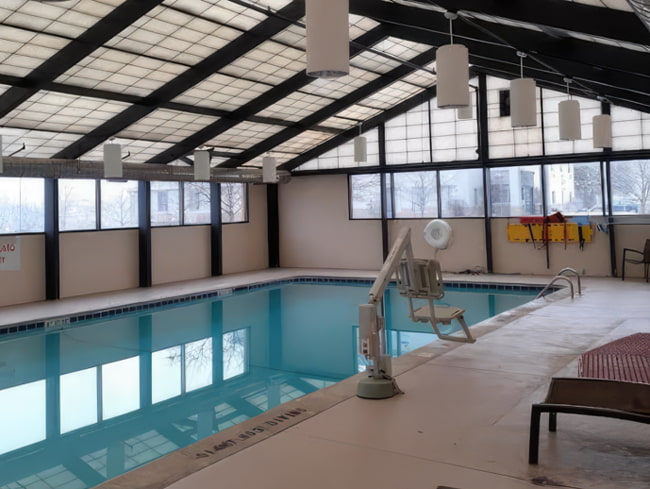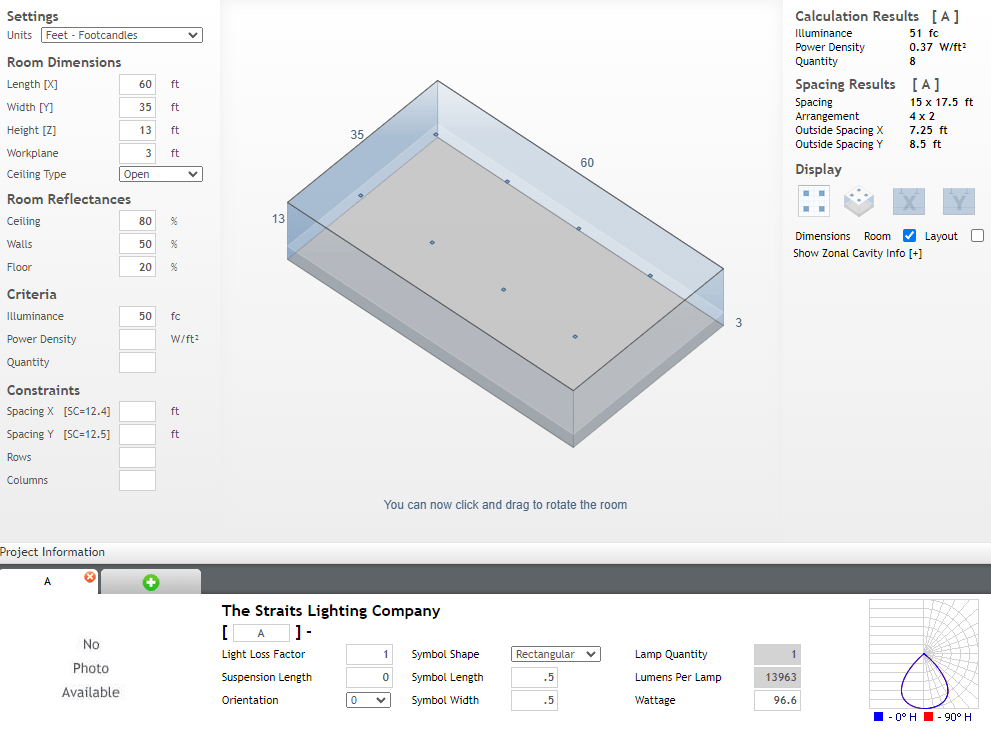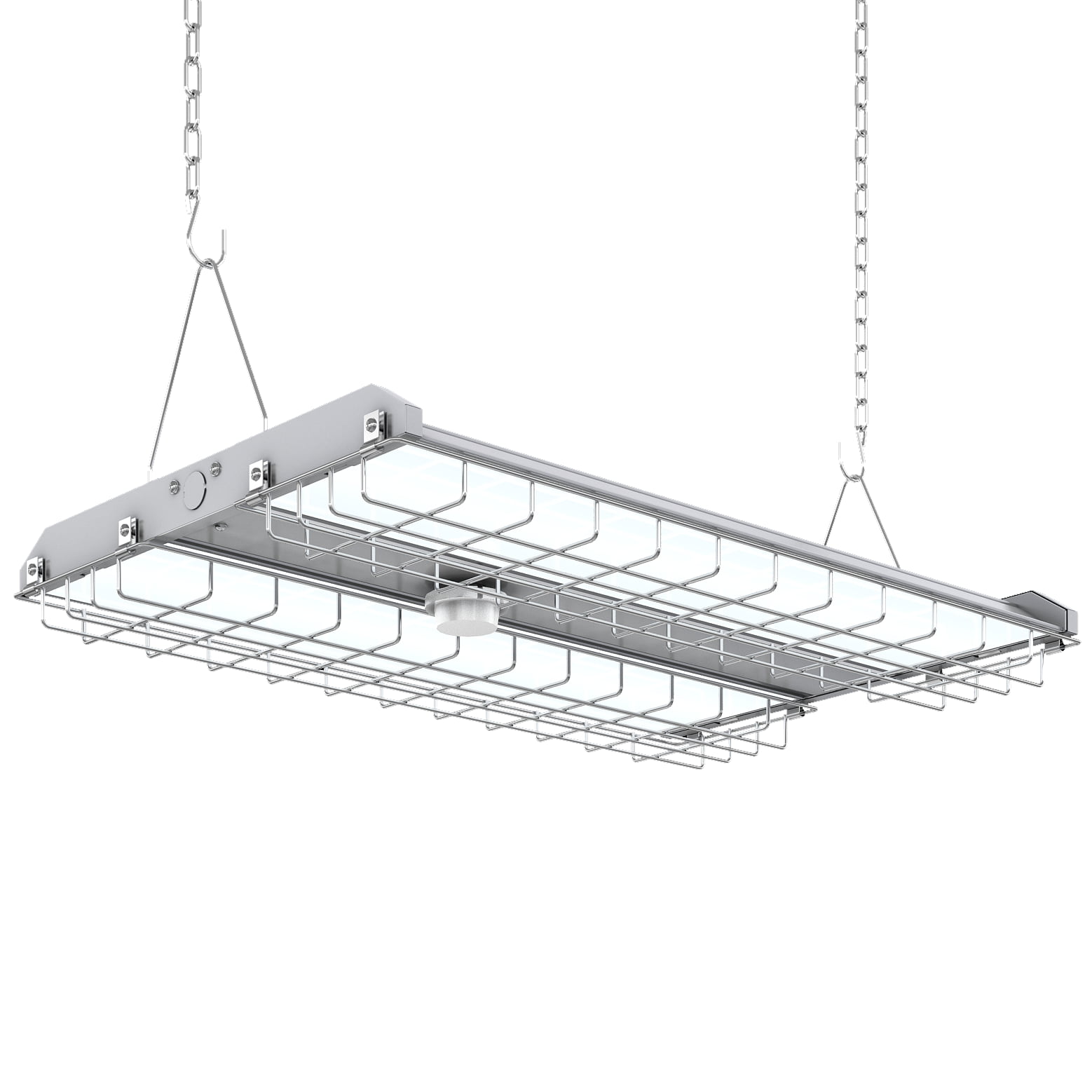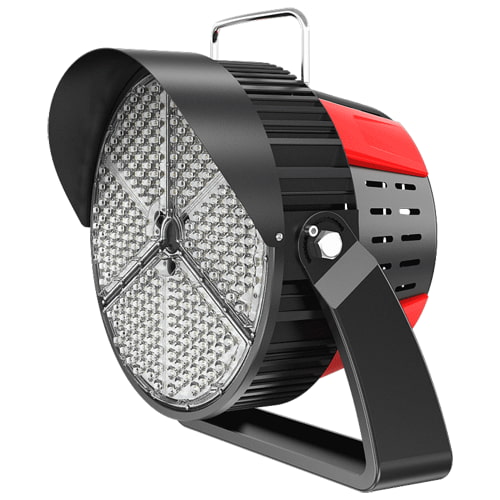Swimming Pool Lighting
LED Swimming Pool & Natatorium Lighting
We carry a variety of top quality indoor/outdoor LED swimming pool & natatorium lights that are protected against water, and harsh elements. These commercial quality lights provide bright illumination with high energy efficiency that’s dispersed with a specialized lens to avoid distracting swimmers. Browse our selection of natatorium lights or get a free professional lighting plan from our sports lighting experts.
What is Swimming Pool Lighting?
Swimming pool lighting refers to the artificial illumination used in both indoor and outdoor swimming pools to enhance visibility, safety, and aesthetics. This lighting can be installed in various areas including underwater, around the pool perimeter (deck), and overhead, catering to the specific requirements and ambiance of the pool setting. Proper lighting ensures that all parts of the pool are easily visible, offering both functional and decorative benefits.
What is Natatorium Lighting?
Natatorium Lighting refers to the artificial illumination used in indoor swimming facilities, commonly known as natatoriums. This lighting is crucial for ensuring visibility, safety, and aesthetics within the enclosed space. It can be installed in various areas including underwater, around the pool perimeter, in spectator seating areas, and overhead. Proper lighting in a natatorium not only ensures that all sections of the facility are well-lit but also enhances the ambiance and overall swimming experience for users.
What Kind of Lights Are Used For Swimming Pools?
The type of lighting fixtures will depend on several factors, mainly, whether it’s an indoor or outdoor swimming pool. For indoor swimming pools, you can use either UFO high bay lights or linear high bay lights. For outdoor swimming pools, you’ll want to use LED sports lights or LED flood lights with sufficient power to illuminate the swimming or diving area.
Swimming Pool & Natatorium Lighting Requirements
The IES Lighting Handbook, recommends a range of 50-75 foot-candles for indoor pools used for recreational purposes. For competitive swimming activities and pools used for aquatic events, a higher illumination level of 75-100 foot-candles is recommended. These values ensure that participants can clearly see underwater obstacles, markings, and other swimmers, thereby reducing the risk of injury and improving the overall swimming experience.
For outdoor pools, the requirements vary based on the ambient light levels. In general, a minimum of 20-30 foot-candles is recommended, but this might need to be increased if the pool is used for nighttime events or in areas with limited natural light.
Diving areas, due to their increased risk, should be more brightly lit, aiming for a minimum of 100 foot-candles to ensure that divers can see the pool's bottom clearly, which is essential for safe diving practices.
The pool deck and surrounding areas also need adequate lighting for safety. A general guideline is 20-50 foot-candles, ensuring that swimmers and attendees can move around safely, avoiding any slips or trips. This also aids in activities like reading and dining that might take place in these adjacent spaces.
In addition to brightness levels, uniformity in lighting is crucial. Shadows or overly bright spots can distort perception and lead to accidents. LED lights, which offer consistent and clear lighting, are often recommended for pools as they are energy-efficient, have a longer lifespan, and can be easily adjusted to fit different brightness requirements.
Water clarity can affect the perceived brightness of underwater lights. Therefore, regular maintenance of the pool's water quality, ensuring it remains clean and clear, is essential for maintaining the effectiveness of underwater lighting.
Lastly, for aesthetic purposes, colored lights can be used to enhance the ambiance of a pool, especially during nighttime. However, they shouldn't replace the primary lighting but can serve as complementary.
Here’s an example of 8 100 watt LED UFO high bays used to illuminate an indoor pool at an average of 50 footcandles. This photometric lighting plan was designed by our outdoor sports lighting engineers.


Commercial Swimming Pool & Natatorium Lighting Considerations
Lighting for commercial swimming pools and natatoriums requires a unique blend of safety, aesthetics, and functionality. These environments often see high foot traffic, serve a diverse range of activities, and must cater to a broader audience, making the lighting requirements particularly demanding.
Safety First:
At the forefront of considerations is the safety of swimmers, divers, coaches, lifeguards, and spectators. Proper illumination ensures that potential hazards, such as water depth changes or other swimmers, are clearly visible. Diving areas, given their elevated risk factors, should have lighting that enables divers to discern the pool's bottom clearly. Slippery decks and stairs leading to water slides or diving platforms also need adequate lighting to avoid accidents.
Aesthetics & Atmosphere:
Natatoriums, often hosting events, competitions, or synchronized swimming displays, benefit from dynamic lighting that can set the mood or highlight a performance. Adjustable lighting systems can transform a space from a brightly-lit competitive arena to a serene environment for a night-time swim.
Functional & Energy Efficient:
Given that commercial pools often operate for extended hours, energy efficiency becomes a significant concern. LED lights, offering long lifespans and lower energy consumption, are the preferred choice. Their ability to offer uniform lighting, coupled with reduced maintenance needs, makes them ideal for such settings. Furthermore, fixtures should be resistant to corrosion from chlorine or saltwater, and sealed properly to prevent moisture ingress.
Special Considerations for Natatoriums:
Natatoriums, essentially indoor pool environments, come with their unique challenges. The warm, humid atmosphere can be harsh on fixtures, demanding materials that can withstand these conditions. Also, the ceiling-mounted fixtures must cater to both the pool and spectator areas, ensuring adequate illumination throughout. Glare is another concern; lighting should be positioned such that reflections off the water do not interfere with a swimmer's vision or create hotspots.
Adapting to Different Activities:
Commercial pools host a variety of activities ranging from lap swims and aqua aerobics to competitions and training sessions. Lighting should be adaptable to serve these varied needs. For instance, while a lap swim may require only the lanes to be well-lit, a competition would need the entire pool, starting blocks, timers, and even the audience area to be brightly illuminated.
Controls and Automations:
Modern commercial pools benefit from advanced lighting control systems. These can adjust lighting levels based on the time of day, activity, or even based on sensors that detect the number of people in the pool area. Automation not only enhances user experience but can also lead to energy savings.
In essence, commercial swimming pool and natatorium lighting is a sophisticated blend of design and technology. It plays a pivotal role in ensuring safety, enhancing the user experience, and promoting energy efficiency. Proper planning, choice of materials, and regular maintenance can ensure that these lighting systems serve their purpose effectively and efficiently.


